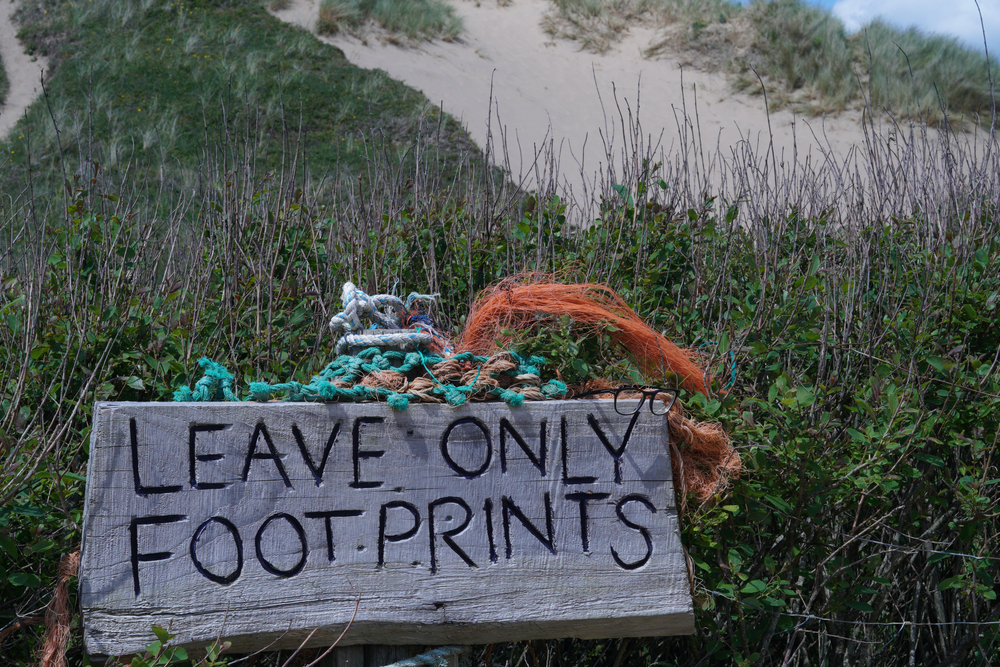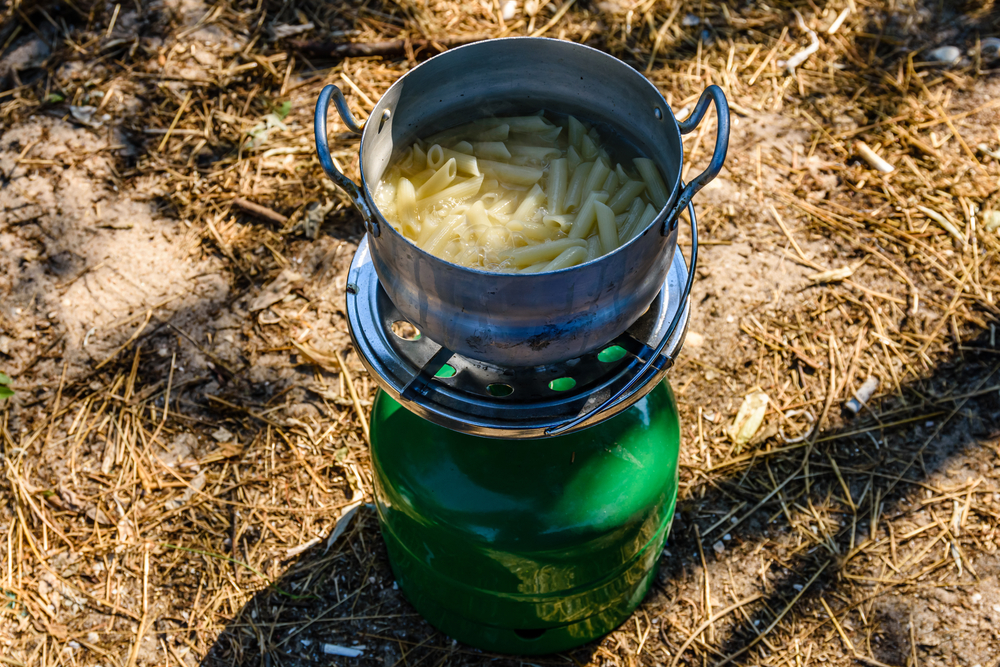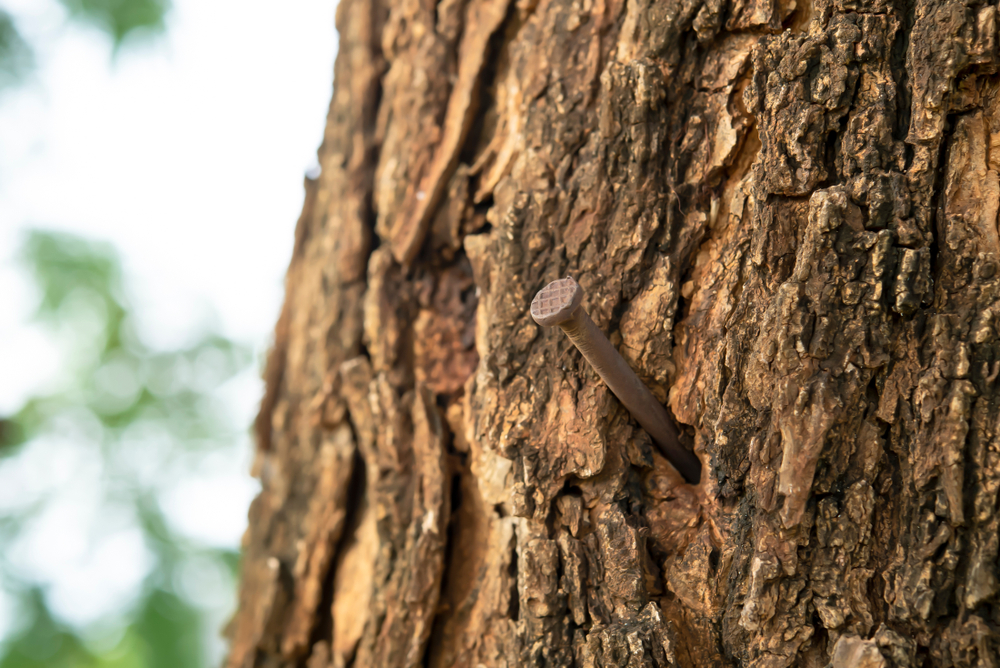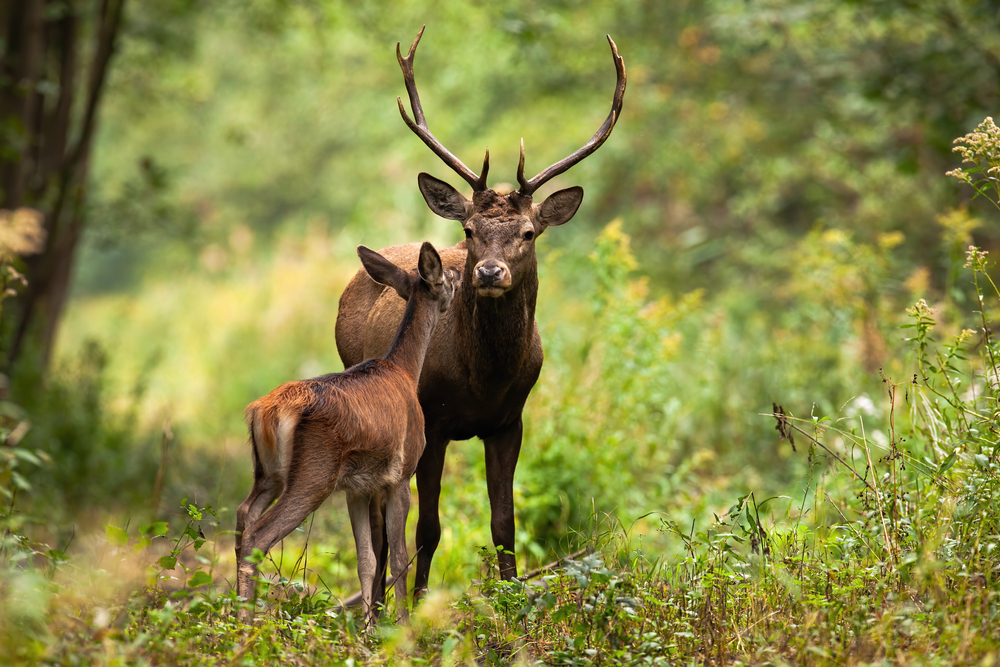Take only memories, leave only footprints. Read this article to learn how to enjoy the outdoors responsibly by following the 7 leave no trace principles!

Going into nature allows us to relax and have fun, but we must not forget to take care of it. The place where you spent your time should stay clean, and all your leftovers should end up where they belong — in the trash!
What is Leave No Trace?
Leave No Trace is a set of outdoor ethics that reminds us of all the steps we need to take when going outdoors. It was created in the 1960s, and it gained so much importance over time that the Leave No Trace Centre for Outdoor Ethics was officially formed. Thanks to this, we can spend time in nature without negatively affecting it. Of course, only if we stick to them!
Why should you follow the 7 Leave No Trace Principles?
This set of ethics is an excellent reminder of how we should behave in nature. By following its guidelines, we can minimise the negative impact on the environment. This way, we will preserve nature and leave the place we visited ready for the next visitors!
How to Leave No Trace on your next hike
The rules are very simple, and you just need to follow them! So keep on reading to find out more tips and tricks for making it a healthy habit as soon as possible.
1. Plan Ahead and Prepare
To have as little impact as possible on the environment you visit, it’s important to pre-plan your route and destination. Before setting off, you need to choose the exact travel route and find a place to park your camper or set up a tent. Always try to find a campsite that doesn’t need any intervention to comfortably accommodate your camper or tent, so you don’t have any need to disturb your beautiful surroundings. Also, before leaving, think carefully about what you will eat, especially if there are no restaurants nearby. The best option is to use one large pot and backpack stoves as they leave no traces in the environment. As for other things, bring only what you really need!

2. Travel and camp on durable ground
Almost all places in nature that you visit have pre-built roads for pedestrians, cyclists, and sometimes even vehicles. These are mostly well-designed roads that allow us to see all the beautiful natural wonders without affecting the land and water around us. By veering off the path to take a shortcut you can trample plants and create rough roads on which plants rarely grow again. Also, you should always choose a campsite in a high-use area, because it has already lost its vegetation cover!
3. Dispose of waste properly
All waste you produce should be disposed of, but human waste doesn’t exactly belong in the trash. When you have to go, find a place far enough away from your tent to dig a 20 cm deep hole in which you’ll bury your waste. This way, it will not come into contact with other people, animals and plants. When it comes to water damage, don’t wash your hands, dishes or a tent directly in lakes and rivers! Instead, use a bucket of water to clean what needs to be cleaned, and do it away from the shore. Also, don’t forget to dispose of all other waste such as plastic, fabric, wood and mixed waste correctly. As more and more people take their dogs camping, their waste must also be disposed of correctly!
4. Leave what you find
Allow others to enjoy the same nature scenes you came across. Don’t pluck plants and pick up rocks, don’t destroy the ground to set up your tent and don’t drive nails into the trunk of trees. No matter how much you think you’re not making any changes, they can significantly affect the animal world!

5. Minimise campfire impact
If you’re planning a campfire, the best solution is to look for an existing fire ring to start your fire. You’ll probably find such a place in every camp you visit. Use the fire only when you need it and be careful not to light it near rocks as black marks remain for years. When finished, extinguish the flame with water. A backpacking stove is a perfect solution if you don’t want to light a fire. It takes up little space, it operates in almost any weather condition and leaves no trace in nature!
6. Respect farm animals and wildlife
Wherever you go in nature, you’ll very likely encounter wild animals and species of plants that you don’t see in cities. While many of you will want to touch a wild animal, please don’t. If you run into an animal, stay calm and enjoy the moment from a distance. Don’t make loud noises, and don’t try to get close to it for a good photo. Most importantly — never feed wild animals! In addition to caring for animals, you must also take care of your safety. Wild animals can also injure you, and we believe you don’t want to spend your trip in the hospital.

7. Be considerate of other visitors
The last rule of this list applies to the care of other visitors. Some people come to nature to simply relax and enjoy the silence, while some come to have fun with friends. That’s why you need to be considerate of others so that everyone can enjoy their time. Don’t play music loudly, especially if you’re not alone, keep your dog on a leash or close to you, and park your vehicle where it’s not in anybody’s way. If you want to have a little more privacy, don’t visit places during the holidays, but on weekdays or offseason!
Since we live in a time when nature needs our help, we hope that all people who like to spend time outdoors have long ago accepted these rules. But, either way, it’s always good to remember how to enjoy a trip while staying kind to mother nature. So, as we wrote at the beginning of this blog, the day’s lesson is: Take only memories, leave only prints!